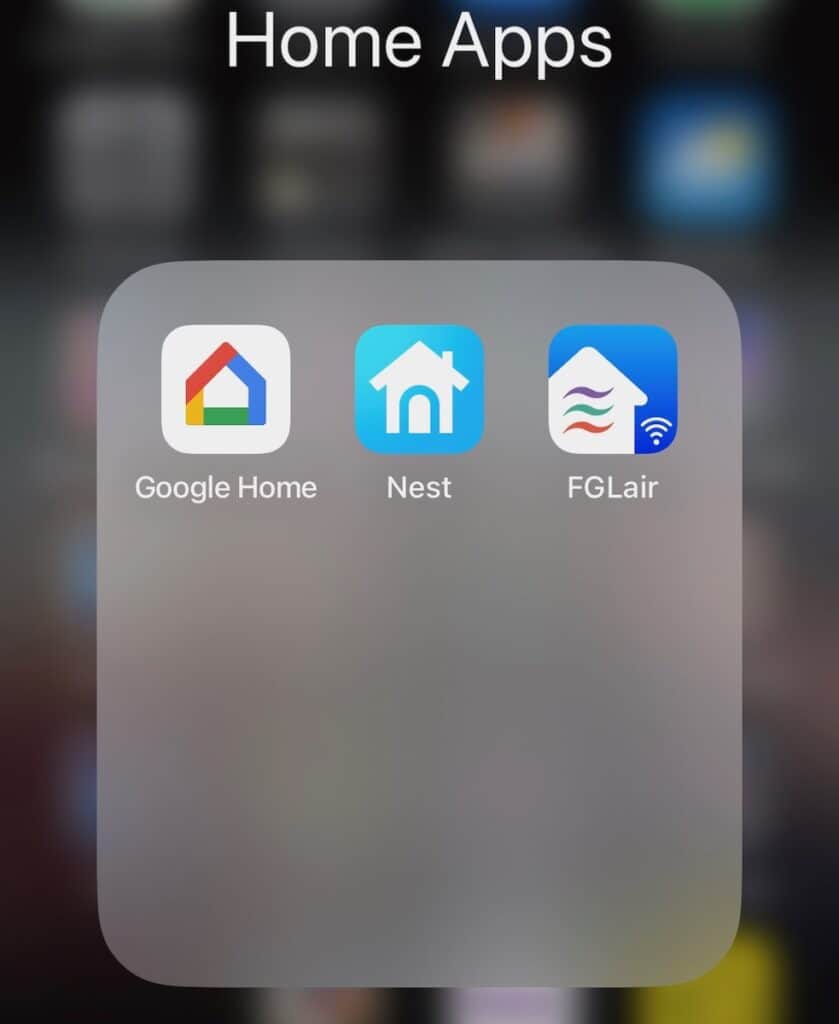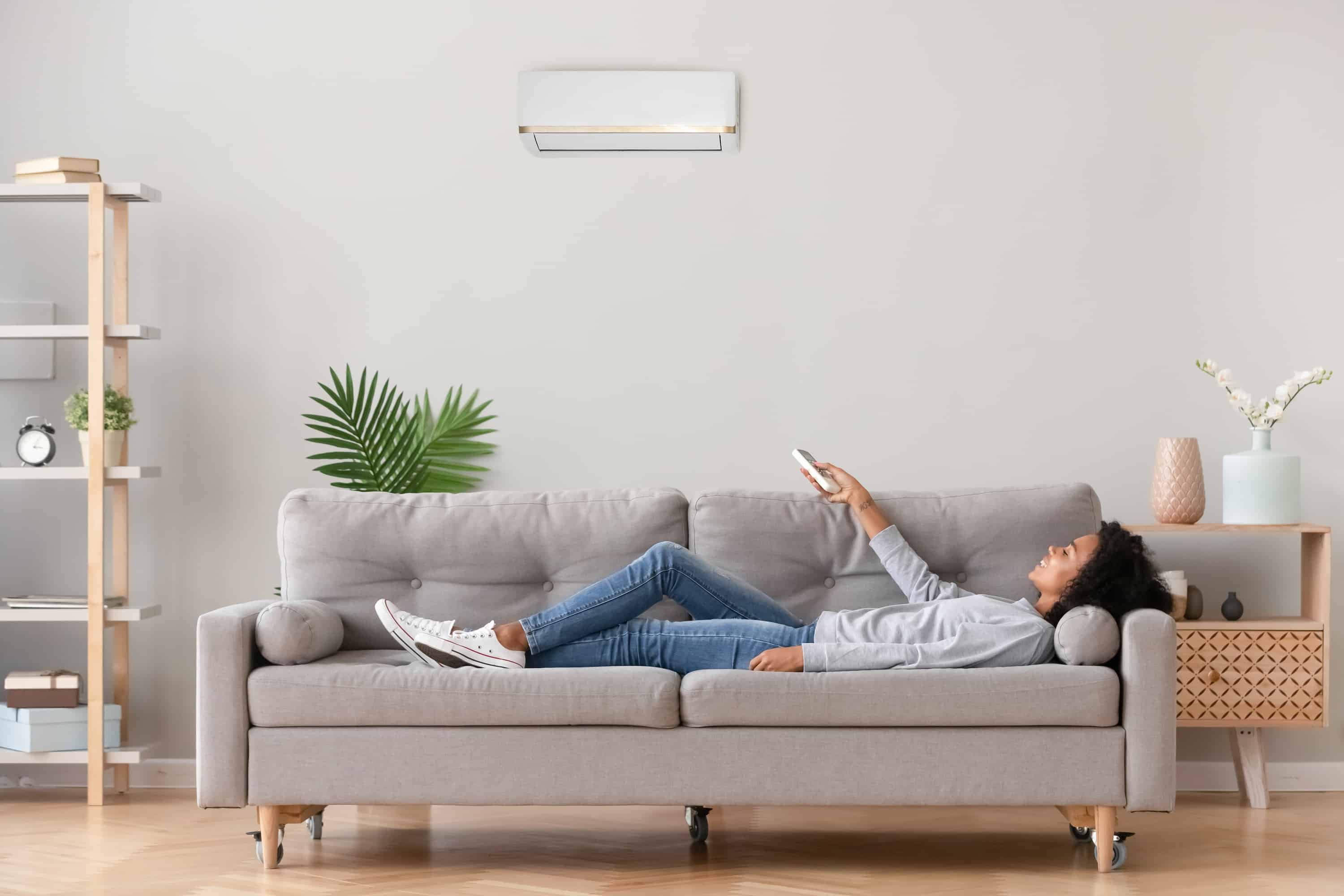How Do Heat Pumps Work
We have owned two houses with heat pumps in them.
Not familiar with the term?
Then maybe you’ve heard about mini splits?
Or ductless air conditioning?
Despite the “hot” and “cold” terms associated with these devices, they are energy-efficient ways to heat and cool a home that does not have a forced air system.
Why forced air?
Because if you have forced air heat, then you can easily convert that to central air conditioning.
However, if like in our homes, you only had baseboard heating, then it would be a whole big involved project to install ducts for central air.
Thus the ductless mini splits aka heat pumps.
How to heat pumps work
Save this article and we’ll send it to your inbox. Plus, we’ll send you more great links each week.
Despite their name, heat pumps are one of the newest ways to keep your home cool without central air.
As I mentioned, you may also call a heat pump a mini split or a ductless air conditioning system.
Why a heat pump when we’re talking about air conditioning?
Because these mini splits “split” between cooling your home in the summer and heating your home in the winter.
In our old house that had central air conditioning, we added a mini split to an addition we had put onto our house.
It was much more affordable to install the mini split heat pump rather than run new duct work in the new space.
In fact, another word for mini splits is a ductless heating and cooling system.
Heat pumps are energy efficient
From the U.S. Department of Energy: Ductless mini-split systems are easier to install than some other types of space conditioning systems.
For example, the hook-up between the outdoor and indoor units generally requires only a three-inch hole through a wall for the conduit.
Mini splits have no ducts.
Therefore, they avoid the energy losses associated with the ductwork of central air forced air systems.
Duct losses can account for more than 30% of energy consumption for air conditioning, especially if the ducts are in an unconditioned space such as an attic.
In addition, window air conditioning units also waste energy from leaks and whatnot.
They are less intrusive
In comparison to other add-on systems, mini splits offer more interior design flexibility.
The indoor air handlers can be suspended from a ceiling, mounted flush into a drop ceiling, or hung on a wall.
Most indoor units are about seven inches deep and have sleek, high tech-looking jackets.
Heat pumps are high tech
Many also offer a remote control to make it easier to turn the system on and off when it’s positioned high on a wall or suspended from a ceiling.
With our Fujitsu heat pumps, we can even work them from afar.
Yup, just like the Nest app on my phone that lets me unlock my front door, I can control the thermostat of my heat pump from an app, too.
It’s called the FGLair app and it works through WiFi.

Cons of a mini split ductless system
The cost of installing mini splits can be higher than some systems.
In other words, they’re not cheap.
Then again, neither is getting a whole new series of ducts installed for forced air heat and cooling.
On the other hand, heat pumps have an overall lower operating costs. Find out how heat pumps can help reduce heating bills.
Tax savings and rebates
Many states offer rebates or other financial incentives that can help offset the initial expense.
Most recently we put two heat pumps in our house in Maine.
The state sent us a rebate check for about one-third the installation cost.
Another way you can save is during Energy Star state tax holidays.
Then, you may be able to avoid paying sales tax on the purchase of heat pumps.
Some states even include heat pumps specifically in their sales tax holidays.
I found two that do.
One, Maryland, during Shop Maryland Energy Weekend in February.
And, two, Missouri Show Me Green Sales Tax Holiday in April.
Sadly, Texas specifically does not include heat pumps in its Energy Star tax holiday.
Getting heat pumps installed
You have to find someone to install a ductless heating and cooling system.
For this I would Home Advisor, which can help for free.
Not familiar with Home Advisor?
It is the free-to-use contractor referral service that helps you find pretty much anyone to do work around your home.
As a real-life Home Advisor customer, we used the service to find a plumber, roofing professional, fence installer, wood floor refinisher and more.
You can read reviews of all contractors you’re thinking of hiring.
And did I mention that it’s free to use?
Check out the Home Advisor website.
Then, fill out an online service request form.
It will help you find someone who can meet with you to discuss installing a ductless air conditioning system in your home.
Another option?
If you just purchased your home, see if your Realtor can connect you with an installer.
That’s how we found the company that put the heat pumps in the house we bought a few years ago.

